Simple Phonics Solutions For Home Learning

One of the struggles I have seen teachers have in put together their home learning packs for phonics is ‘what on earth do we give our children who can’t read anything yet?’ This is especially challenging if your school is not offering live stream lessons or families do not have access to unlimited internet data. In our regular phonics lessons the teacher is absolutely crucial to scaffolding and leading learning. No worksheet or set of instructions for parents can replace that. So, how do we support home learning when our children are at such a crucial stage of their reading development?
Solution 1 - Games that can be played again and again
I am not a lover of worksheets. They are completed in about 5 seconds and when used in isolation really don’t contribute much to the learning process. You also need to print off about 10 trees per child to ensure enough repetition of the content to be meaningful and help children move the learning into their long-term memory.
Games, on the other hand, are interactive. They are a simple and fun way to engage both children and adult helpers in learning experiences that provide loads of repetition and rehearsal. They minimise printing because they are reused and can support the learning of other skills such as counting. Here are a few free options that you can easily source and download.
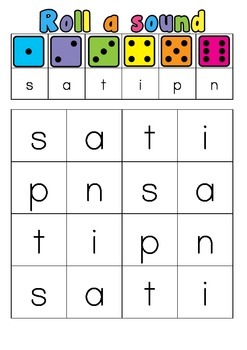
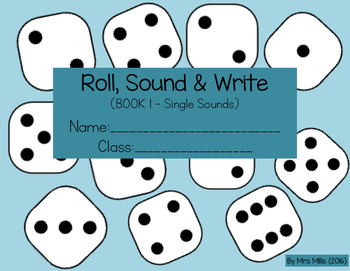
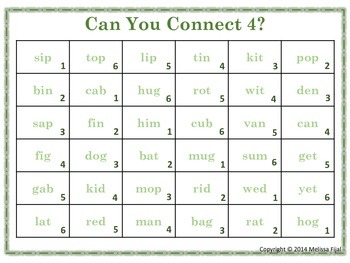
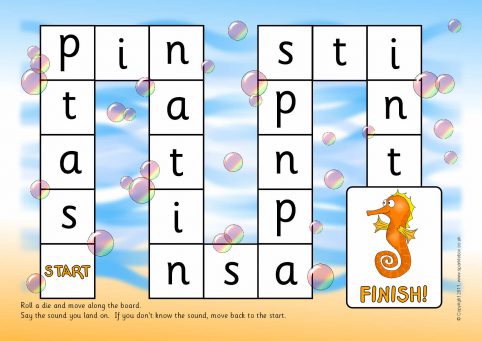
You can make these games more durable and reuse sheets that you would normally write on by putting them inside a heavy weight plastic sleeve. I also find that highlighters write on plastic sleeves much better than a whiteboard marker or regular marker and rub off much easier at the end.
Solution 2 - Simple phonics lesson resources with 'live' instructions.
You can also send some simple printed sound and word cards according to the set of sounds that you want a child to learn. My tips for making this work are:
- Work on a limited set of sounds at a time and ensure that children have developed the ability to read and write these sounds before moving on.
- Accompany these resources with some ‘live’ instruction for families either through an annotated PowerPoint, a short video or a live phone or video chat.
Give parents access to general information such as this YouTube video
Whatever you send home for home phonics lesson make sure that you have (as a minimum) the following steps
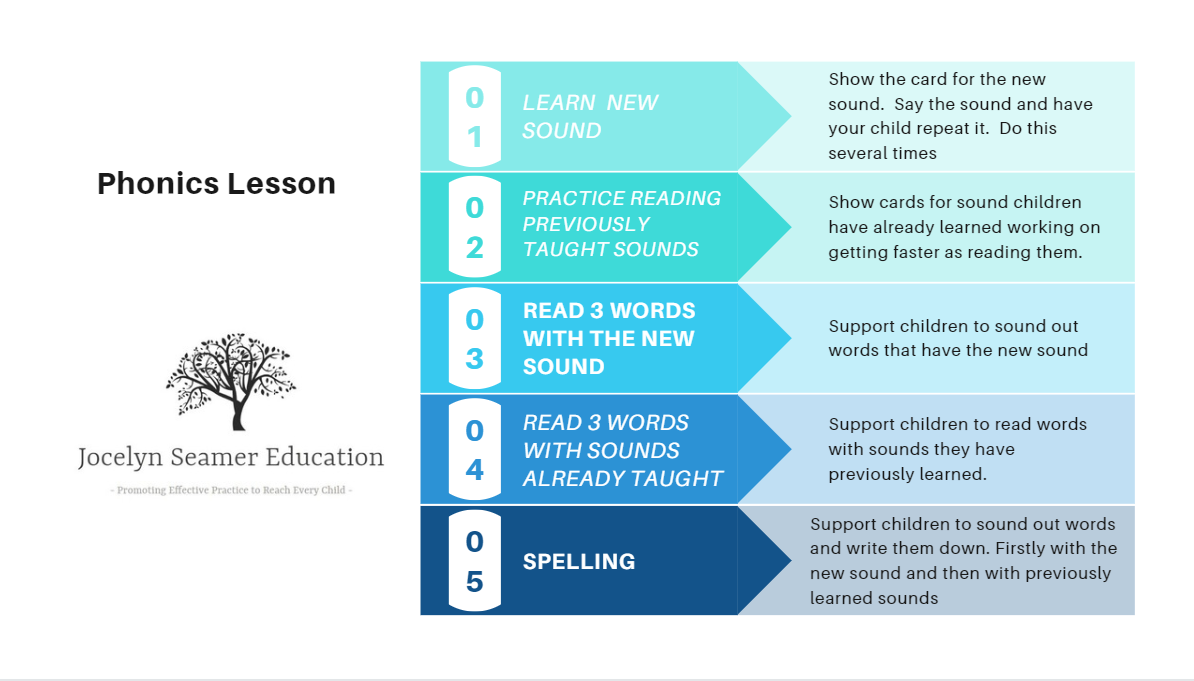
Even if this is not done perfectly, if a parent is focusing on the sounds (and saying them correctly) and encouraging sounding out instead of ‘whole word’ reading your student will be ok.
The easier and most effective way to support parents and students is to ensure that you have clear, repeatable routines that students will be familiar with. When you have this in place, learning from home can include key element of classroom learning and activities can be so much more streamlined. Of course, there is no substitute for having you there in the classroom, but if children have routines embedded, it goes a long way.
Handwriting Options
Oh handwriting, handwriting. So often we just give kids a sheet and let them go for it. The trouble with this is that if a child is writing the letters with an incorrect formation they are just rehearsing the wrong way to do it, making it much harder to correct later on (think about all those children who have learned to write their names in capital letters before they come to school!).
Make sure that parents understand the importance of letter formation and supporting children. It is also important to include resources that provide direction for the adult. Handwriting 'sheets' can be used inside one of those heavy duty plastic sleeves that I mentioned above to make them reusable. Also, only send home the handwriting resources that match with the sounds that children are learning. This will make the learning much more targeted.
Ruth Miskin has made some of her Read Write Inc Resources freely available for download or access.
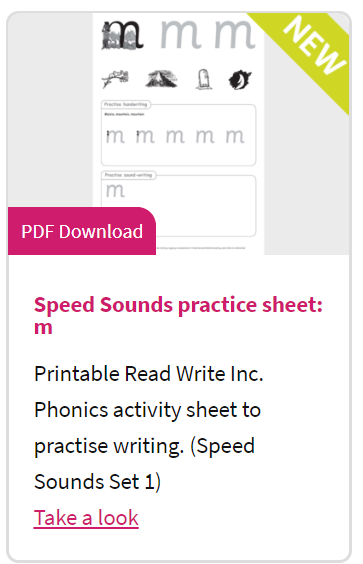
Here are some parent friendly handwriting formation videos. While I appreciate that these require internet to view them you could share them on your school’s facebook page or create your own versions that can put onto a flash drive and shown on a laptop, tablet device with a usb port (yes, they exist!) or television.
It can be hard to send things home for children that will be as good as being in your classroom (actually impossible!) but by keeping things simple and focusing on the ‘bang for your buck’ stuff you can ensure that children come out of the current period of home learning with (at least) the knowledge they had before it started, if not more.

 Jocelyn Seamer Education
Jocelyn Seamer Education
4 comments
Thankyou so much. I was looking for more games so I am grateful for this. Love how your posts answer my questions before I ask. I teach a Year 1-3 class in NZ. Started the Structured Literacy journey beginning of year.
Hi Jocelyn, I teach new entrants (foundation) in New Zealand and have completed your Reading and Writing Success courses.
Traditionally we have enrolment packs for children. They are all given a book bag with Starting School info etc as well as an alphabet formation sheet/numeral formation sheet and an easy dice game. These are laminated write on/wipe off (which really bothers me!) and now with my new knowledge I really am not feeling good about sending the handwriting sheet home. Often they are not used anyway. I'm not sure what to send that will really be helpful. Most of the children have had some form of pre-school education. I would appreciate any ideas! Thanks you so much, I'm a huge fan :)
Leave a comment